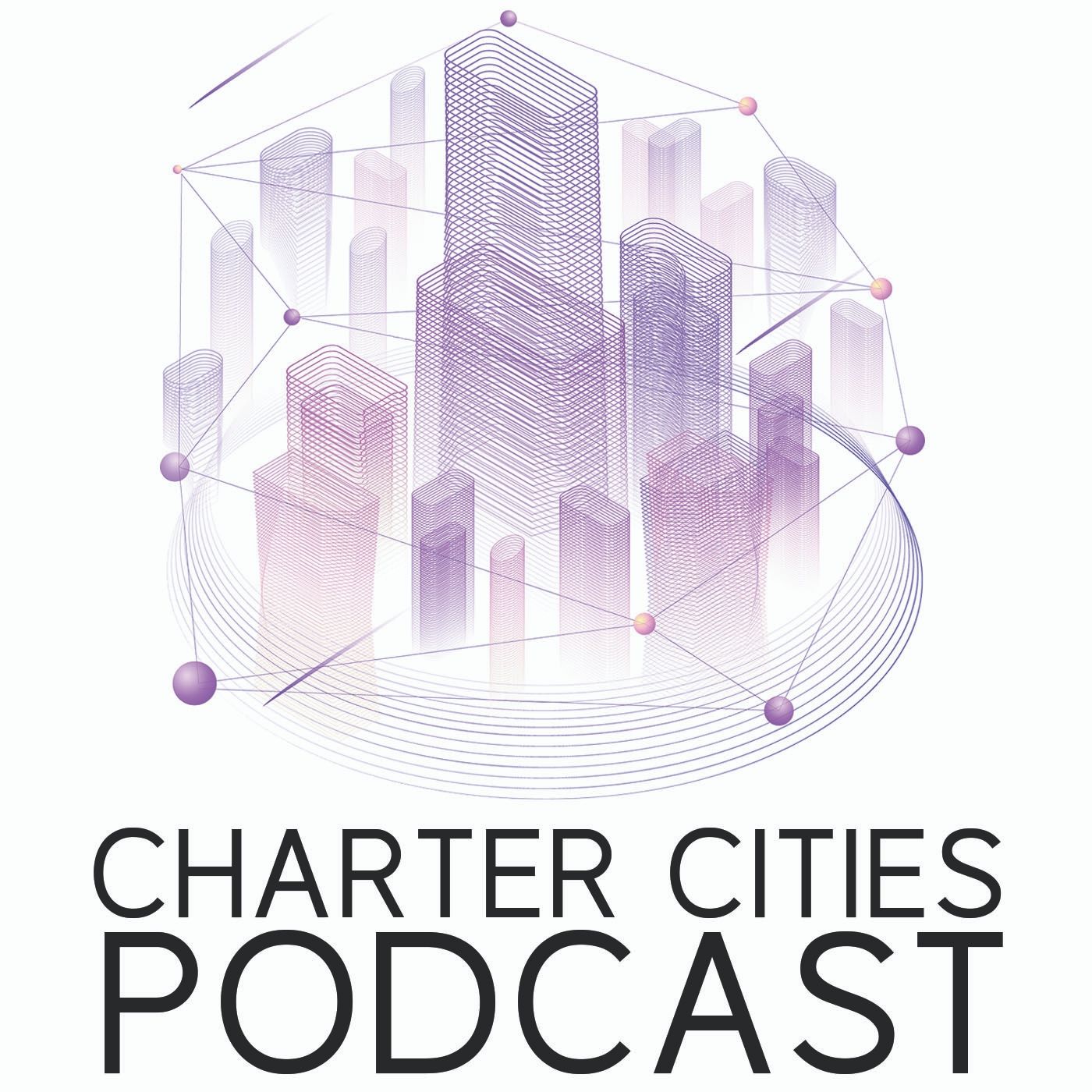Alain Bertaud on Cities: The Products of Spontaneous Order

For today’s episode, we discuss urban planning with Alain Bertaud, senior research scholar at NYU’s Marron Institute and the author of Order without Design: How Markets Shape Cities. Our conversation covers many subtopics under the central theme of the processes that allow cities to come into being and be maintained. Cities – healthy ones at least – are in essence the products of spontaneity, compositions of ever-changing movements dictated by the connections between the people who live in them, and we consider how planning can accommodate this reality. One of Alain’s central hypotheses is that labor markets are the foundation of cities and the idea that good transport and service-based approaches to planning will produce healthier labor markets. This idea penetrates much of the conversation with Alain today and we hear his thoughts on topics like which cities had labor markets and which didn’t, why some cities die and others keep surviving, why some shape history and others don’t, the best ancient cities, and how one might approach the construction of a master-planned city. We consider two models that mayors could follow, that of the janitor and that of the CEO, with one focusing on service and the other, a grand vision. We consider which of these two models best serve cities concerning their fundamentally spontaneous nature. Alain also weighs in on the idea of negative property rights, Haussmannian and Schumpeterian approaches to planning, and the future of transportation in relation to a city’s ability to develop organically. We wrap our conversation up with a focus on charter cities, looking at how to fill up a space that is not a destination in and of itself yet. Catch our conversation today for wide-ranging and incisive observations on the nature of cities with our wonderful guest.
Key Points From This Episode:
• A definition of labor markets as places of freedom to select your job or employee.
• The idea that labor markets are the foundation of cities.
• Examples of cities not based on labor markets where workers had no choice regarding work.
• A planning error: placing housing next to jobs, thus threatening the labor market.
• US and Chinese cluster cities/fragmented labor markets; integrating them using transport.
• The limits of the bus/drive/subway system to cope with urban sprawl.
• Getting past oversimplified understandings of cities having one industry like tech or finance.
• A conception of a mayor’s job as being to enable rather than direct a city’s labor market.
• How land use is not recycled in non-labor market cities in China and the Soviet Union.
• New transport models like Uber and Hyperloop, which have the power to change future cities.
• Whether coronavirus’ high toll on dense places will stop them from existing in the future.
• A consumer’s right to make tradeoffs between commute time and floor space area.
• The best ancient cities and Alain’s belief that different cities are preferable to different people.
• Important contributions Haussmann made to Paris’ navigability, notwithstanding his motives.
• Freedom, exchange, commerce, and why some cities produce a higher cultural output.
• An argument for having large municipalities for coordinating efforts more effectively.
• Paralysis caused by a dilution of property rights and elevation of negative property rights.
• Pros and cons of China’s good technicians operating within a command economy.
• Why informal economies exist and how some have been absorbed by formal...